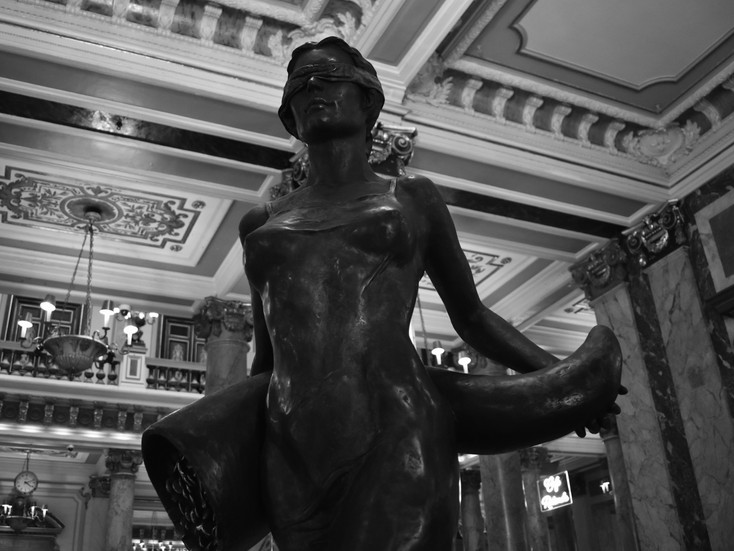Awake from the Royal Nightmare
- glosnapgs
- 7月4日
- 讀畢需時 3 分鐘
已更新:9月14日
After Vatican City, Monaco is the second smallest sovereign state globally. With an area of 2.02 km², the approximate 39,000 population makes it the most densely populated country. Small as it is, one-third of their residents are millionaires, and its GDP per capita is one of the highest on the planet, as a result of their glittering casinos, high-end real estate, and tax-friendly policies.
Due to the annexation of Menton and Roquebrune to France, Monte-Carlo suffered significantly with the loss of main incomes from citrus and olive crops. Several German towns had prosperous development out of casinos. In the 1850s, presiding over the bankrupt microstate on the French Riviera, the Prince of Monaco, Charles III hit on the idea of generating income from a casino.
The Casino de Monte-Carlo is operated by the Société des Bains de Mer, a public company owned by the government and the royal family. Since Charles III spearheaded the development, the name “Monte Carlo”, Ligurian for “Mount Charles”, was coined in honour of the prince, 3 years after the inauguration of this marble-and-gold casino.
Before the COVID in 2019, tourism accounted for nearly 15% of the city-state’s GDP. Besides the gaming industry, high-profile events draw tourists from around the globe, such as the Grand Prix and the Monte Carlo Rally. The 3.337 km Circuit de Monaco winds through the city streets of Monte Carlo and La Condamine around the harbour, with its iconic Fairmont Hairpin Curve.
Another most-visited attraction in Monaco is the Jardin Exotique. Conceived by Prince Albert I, the garden was completed in 1933. It is home to nearly a thousand plant species from semi-arid environments, from small echinocereus to 10m African candelabras. One will also reach the prehistoric, stalactite- and stalagmite-laced cave, where the temperature rises as one descends.
Fashion Designer Gabrielle Chanel opened her second fashion boutique, after Paris, in the Hôtel Hermitage in Monte-Carlo in 1914. In the New National Museum of Monaco, an exhibition "Les années folles de Coco Chanel" explores her unique creation in the Côte d'Azur in the 1920s, paying tribute to her visionary approach as a modern, free and independent "new woman".
As a tax haven, Monaco has abolished income taxes since 1869, which has attracted wealthy individuals and companies for optimising their financial situations. Former Rainier III further boosted business to reduce the reliance on gambling and tourism, and limited the powers of sovereign rule. Currently, his son Albert II took over Prince’s Palace of Monaco as head of state.
Standing on the Place du Palais, the yachts on the Port Hercule proves its luxurious state.
Se réveiller d'un cauchemar
Monaco est le deuxième plus petit pays, après la Cité du Vatican. Pourquoi un tiers de ses habitants sont-ils millionnaires ? En fait, l'économie de Monte-Carlo a souffert avec la perte d'agrumes et d'oliviers, après l'annexion de Menton et Roquebrune par la France en 1861.
Certaines villes allemandes se sont bien développées grâce aux casinos. En présidant le micro-État en faillite, Charles III a décidé d'en construire dans le but de générer des revenus nationaux. On doit payer 20€ pour visiter au casino de Monte-Carlo maintenant, sauf la boutique de souvenirs.
En plus du casino, les grands événements attirent les touristes internationaux, comme le Grand Prix et le Rallye automobile Monte-Carlo. Monaco a mis le paquet pour attirer les investisseurs. La Principauté a aboli l'impôt sur le revenu dès 1869 et aussi réduit les impôts des entreprises.
Debout à côté de la Place du Palais, les yachts sur le Port Hercule prouvent de l'État luxueux. C'est pourquoi le PIB par habitant dans ce paradis fiscal est l'un des plus élevés au monde.






































留言